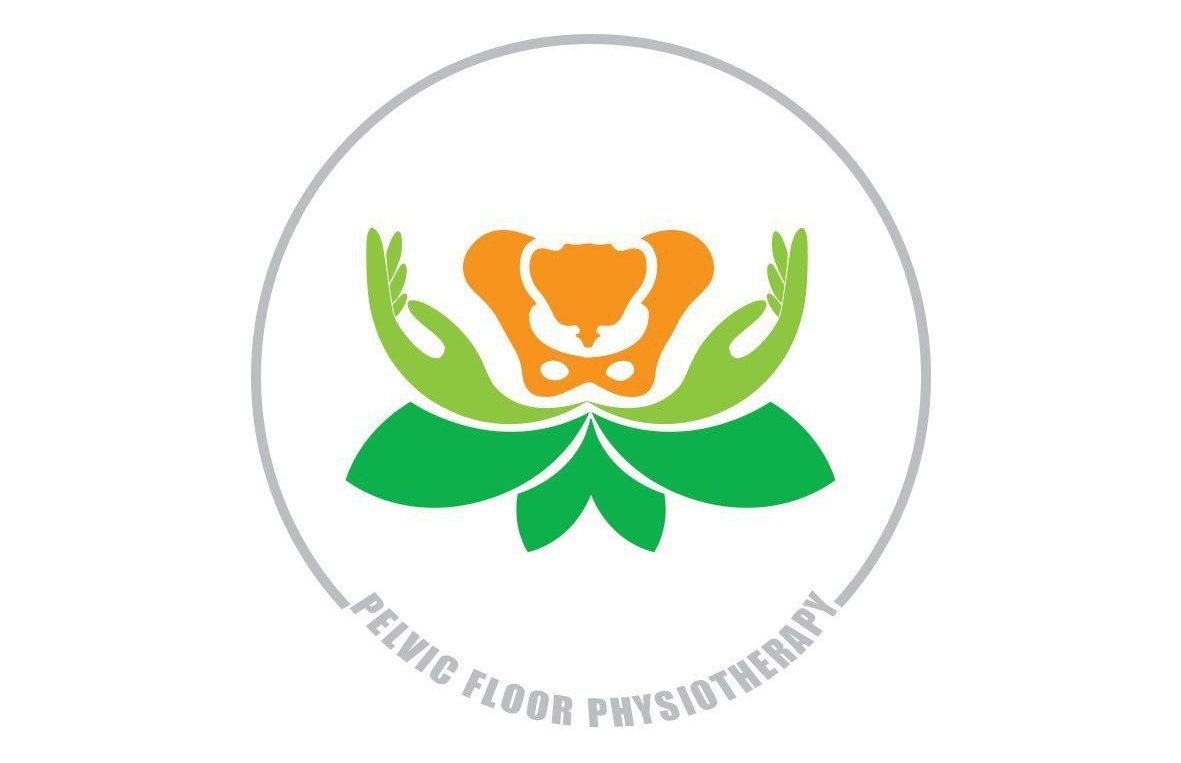Berghmans5 and Fariba Ghaderi, Ghazal Kharaji 1, Afsaneh Nikjooy 1, *, Ali Amiri 1, Mohammad Ali Sanjari 2, Hassan Jafari 3, 4, Bary
Abstract.
Background:
It has been demonstrated that pelvic floor muscles (PFMs) are involved in the pathophysiology of stress urinary incontinence
(SUI). Sense of force, an aspect of proprioception, has never been evaluated in PFMs.
Objectives: This study aimed to assess the proprioception of PFMs by evaluating the accuracy of force sense in adult women with
SUI compared to those with continence. A further aim was to study the accuracy of force sense between various lengths and tensions of PFMs.
Methods:
Twenty-three women with SUI and 18 women without it were recruited in six trials with four different test conditions:
5 mm/40% (speculum opening/maximum voluntary contraction (MVC) percentage to produce), 5 mm/70%, 10 mm/40%, and 10 mm/70%. All participants were asked to reproduce the target force based on their own perceptions. The dynamometer was used to evaluate the sense of force.
Results:
The accuracy of force sense differed between women with SUI and those without it. In all test conditions, women with SUI
had higher force reproduction accuracy. The highest amount of error was recorded at 10mmand 40% MVC for either group.
Conclusions: Women with SUI were more accurate in reproducing the target force than those with continence. Higher force sense
accuracy may result from more attention to the pelvic floor area and a lack of automaticity of movements inwomenwith SUI. Therefore,
developing therapeutic management focusing on restoring automaticity seems advisable.
